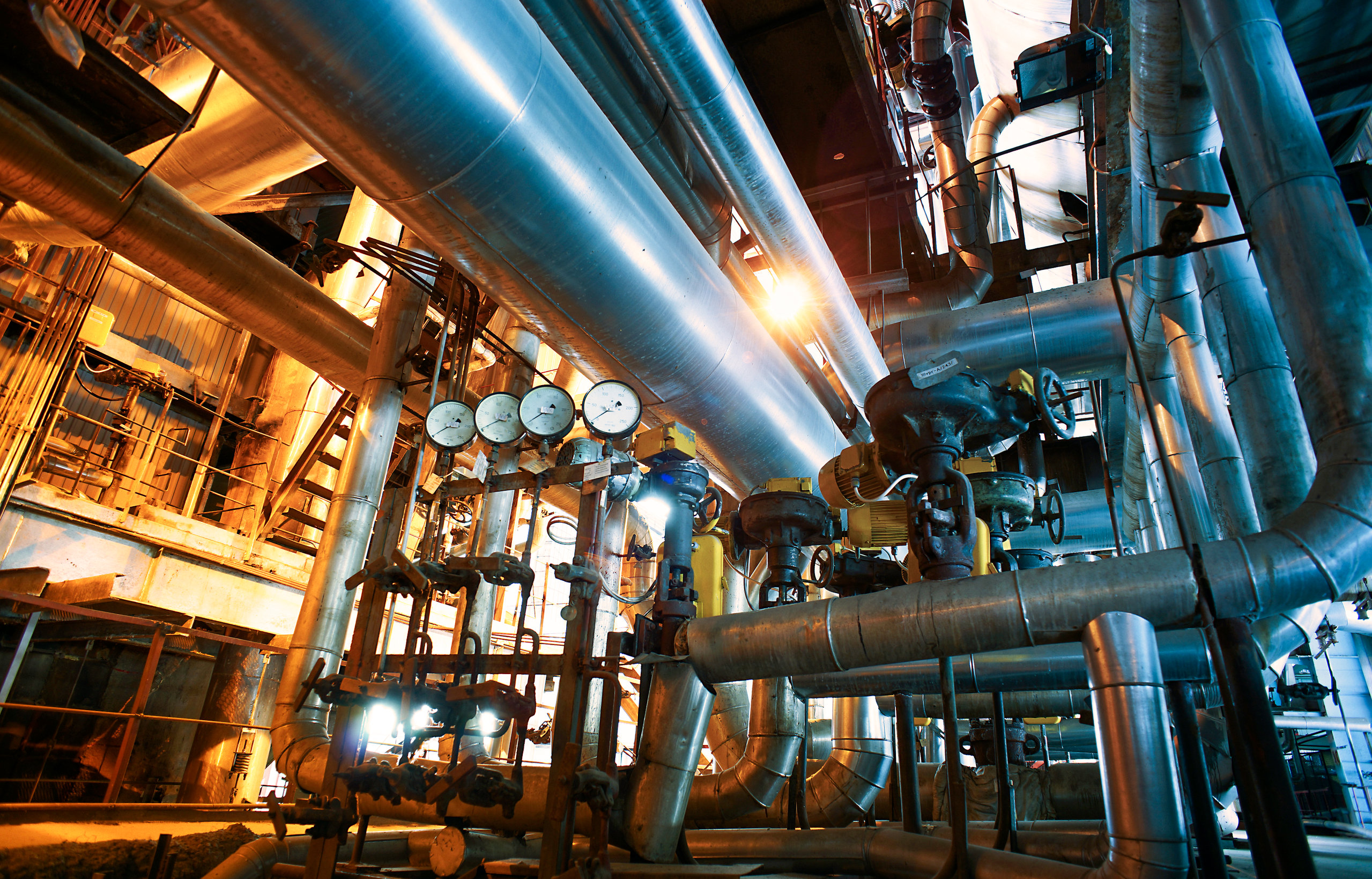Meeting Application Requirements for Falling Film Chillers
Implementing a falling film chiller effectively starts with assessing your process needs and ensuring compliance with the system's operational prerequisites. These chillers perform best in high-capacity, stable load scenarios, demanding specific flow rates, temperature controls, and material standards for energy-efficient cooling with reduced refrigerant volume and precise thermal management.
- Capacity Requirements: Specify cooling load in kW or RT, ensuring the chiller handles flows from 4-48 gpm per evaporator based on pan type for reliability.
- Temperature Range: Suitable for chilling fluids to within 1-2°F of freezing point, such as water to 34°F; use glycol for below 34°F applications.
- Energy Efficiency: Require high COP values (=5 for water-cooled) and variable-speed drives for part-load efficiency in stable operations.
- Refrigeration Type: Compatible with DX, flooded, or recirculated systems; select based on refrigerant like R-717 or low-GWP options.
- Material Standards: Mandate stainless steel 304/316L construction with food-grade gaskets for corrosion resistance and hygiene in food applications.
- Installation Needs: Ensure level placement with 3 ft clearance on sides and plate-length access at ends for maintenance and expansion.

Understanding Falling Film Chillers
Necessary Conditions for Industrial Applications
Falling film chillers rely on gravity to create a thin, uniform refrigerant film over evaporator plates, optimizing heat transfer with low refrigerant charge. This setup demands precise flow rates, level installation, and compatible fluids for superior performance in heat-sensitive processes like dairy, beverage, and chemical cooling.
- Defined Flow Rates and Pan Types for Uniform Distribution
- Stable, Continuous Loads Above 100 RT
- Adequate Vertical and Side Clearances for Installation
- Compliance with USDA/FDA for Food-Grade Applications
- Deionized Water Quality and Glycol for Low Temperatures
- Compatibility with Eco-Friendly Refrigerants
Key Application Requirements for Falling Film Chillers
Fulfilling application requirements guarantees efficiency, safety, and longevity. Begin with flow rates and temperature specs—systems excel at chilling to 34°F for water or near-freeze for solutions. Confirm refrigeration type, COP, and refrigerant suitability for sustainable operation. Ideal for steady loads over 100 RT in food and industrial settings.
Emphasize designs with hygienic materials, precise distribution pans, and controls for stability. Modular setups and compact designs suit constrained spaces, but require proper clearances and leveling for optimal performance.
Flow Rates and Performance
Require minimum flows of 1.2 gpm per linear foot of plate, up to 6.2 gpm max. Pans in extra-low (4-16 gpm), low (8-24 gpm), or high (16-48 gpm) flow configurations per evaporator. Variable-speed drives enhance efficiency in varying conditions.
Material and Refrigerant Requirements
Stainless steel 304/316L ensures durability and compliance in corrosive or food environments. Mandate compatibility with refrigerants like R-1234ze, R-717, or glycol for environmental compliance and low GWP.
Installation and Space Requirements
Demand vertical clearance for plates (up to 130") but minimal floor space. Require adjustable legs for leveling, 3 ft side clearances, and end access equal to plate length. Position near drains and process areas with proper piping for water and refrigerant lines.
Maintenance and Control Requirements
Need easy access for cleaning and inspection, plus automated level and temperature controls to reduce downtime. Water quality must be deionized; regular checks prevent scaling and ensure even film flow.
Lifecycle and Efficiency Requirements
Higher initial setup demands yield 20–30% energy savings over flooded systems. With compliant installation and maintenance, expect 15–25 year lifespan and rapid ROI through efficient operation.
When to Apply Falling Film Chillers
Apply over flooded designs when low refrigerant charge, hygienic cooling, and high efficiency are required. Superior for large-scale, continuous processes with temperature-sensitive fluids compared to plate or rising film options.
Common FAQs
A falling film chiller uses a vertical heat exchanger where refrigerant flows as a thin film down the inside of tubes under gravity. This enhances heat transfer efficiency, allowing for faster, more even cooling with reduced refrigerant charge. The chilled fluid, typically water or glycol, absorbs heat from the process side, making it ideal for applications needing precise temperature control and high throughput.
Requirements include defined flow rates (4-48 gpm per evaporator), temperature ranges near freezing, efficiency metrics like COP, and compatibility with fluids/refrigerants. Assess capacity in RT or kW, fluid properties, and materials like stainless steel. Compliance with USDA/FDA and ASHRAE 15 is essential for food and safety standards.
- High heat transfer efficiency and reduced energy use
- Lower refrigerant charge (up to 30% less than flooded systems)
- Gentle cooling for heat-sensitive materials
- Compact design and lower operational noise
- Fast pull-down times and stable temperature control
Falling film chillers are less suited for sub-zero or highly variable loads. Uneven film formation can reduce efficiency, and viscous or scaling fluids may require additional recirculation. They also require sufficient vertical clearance for installation and maintenance.
With proper maintenance and operation, a falling film chiller can last 15–25 years. Routine cleaning, inspection, and monitoring of distribution uniformity are key to ensuring long-term reliability and efficiency.
Maintenance includes periodic cleaning to prevent scaling, checking distributors for even flow, and monitoring refrigerant charge and compressor performance. Automated control systems help maintain film stability and reduce human error.


